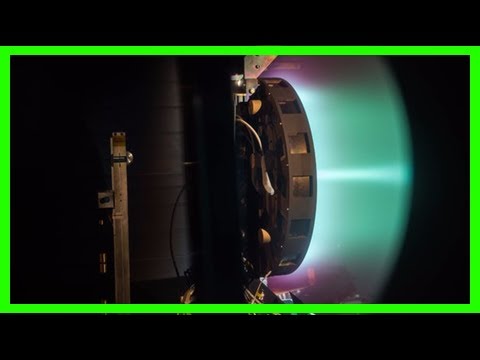
Breaking News
 Charlie's Killer Was MKUltra'd?
Charlie's Killer Was MKUltra'd?
 Doctors are finally admitting that biopsies Spread Cancer…
Doctors are finally admitting that biopsies Spread Cancer…
 We MUST keep talking about this, demand Voter ID. Joe Rogan and Elon Musk on Fraud
We MUST keep talking about this, demand Voter ID. Joe Rogan and Elon Musk on Fraud
 Nick Shirley exposes there are 1,200 medical transport companies in Minnesota.
Nick Shirley exposes there are 1,200 medical transport companies in Minnesota.
Top Tech News
 The First Production All-Solid-State Battery Is Here, And It Promises 5-Minute Charging
The First Production All-Solid-State Battery Is Here, And It Promises 5-Minute Charging
 See inside the tech-topia cities billionaires are betting big on developing...
See inside the tech-topia cities billionaires are betting big on developing...
 Storage doesn't get much cheaper than this
Storage doesn't get much cheaper than this
 Laser weapons go mobile on US Army small vehicles
Laser weapons go mobile on US Army small vehicles
 EngineAI T800: Born to Disrupt! #EngineAI #robotics #newtechnology #newproduct
EngineAI T800: Born to Disrupt! #EngineAI #robotics #newtechnology #newproduct
 This Silicon Anode Breakthrough Could Mark A Turning Point For EV Batteries [Update]
This Silicon Anode Breakthrough Could Mark A Turning Point For EV Batteries [Update]
 Travel gadget promises to dry and iron your clothes – totally hands-free
Travel gadget promises to dry and iron your clothes – totally hands-free
 Perfect Aircrete, Kitchen Ingredients.
Perfect Aircrete, Kitchen Ingredients.
 Futuristic pixel-raising display lets you feel what's onscreen
Futuristic pixel-raising display lets you feel what's onscreen
 Cutting-Edge Facility Generates Pure Water and Hydrogen Fuel from Seawater for Mere Pennies
Cutting-Edge Facility Generates Pure Water and Hydrogen Fuel from Seawater for Mere Pennies
NASA's X3 ion thruster smashes records in test firings

That scenario is now one step closer, as engineers from NASA and the University of Michigan have successfully tested the X3, a thruster designed to get us to Mars. And it's broken several records in the process.
The X3 is one of three Mars engine prototypes currently in development. It is what's known as a Hall thruster, which uses electric and magnetic fields to ionize gases like xenon and expels the ions to produce thrust. The technique is much cleaner, safer and more fuel efficient than traditional chemical rockets, but the trade off is relatively low thrust and acceleration.
"Mars missions are just on the horizon, and we already know that Hall thrusters work well in space," says Alec Gallimore, lead engineer on the X3's development. "They can be optimized either for carrying equipment with minimal energy and propellant over the course of a year or so, or for speed — carrying the crew to Mars much more quickly."



